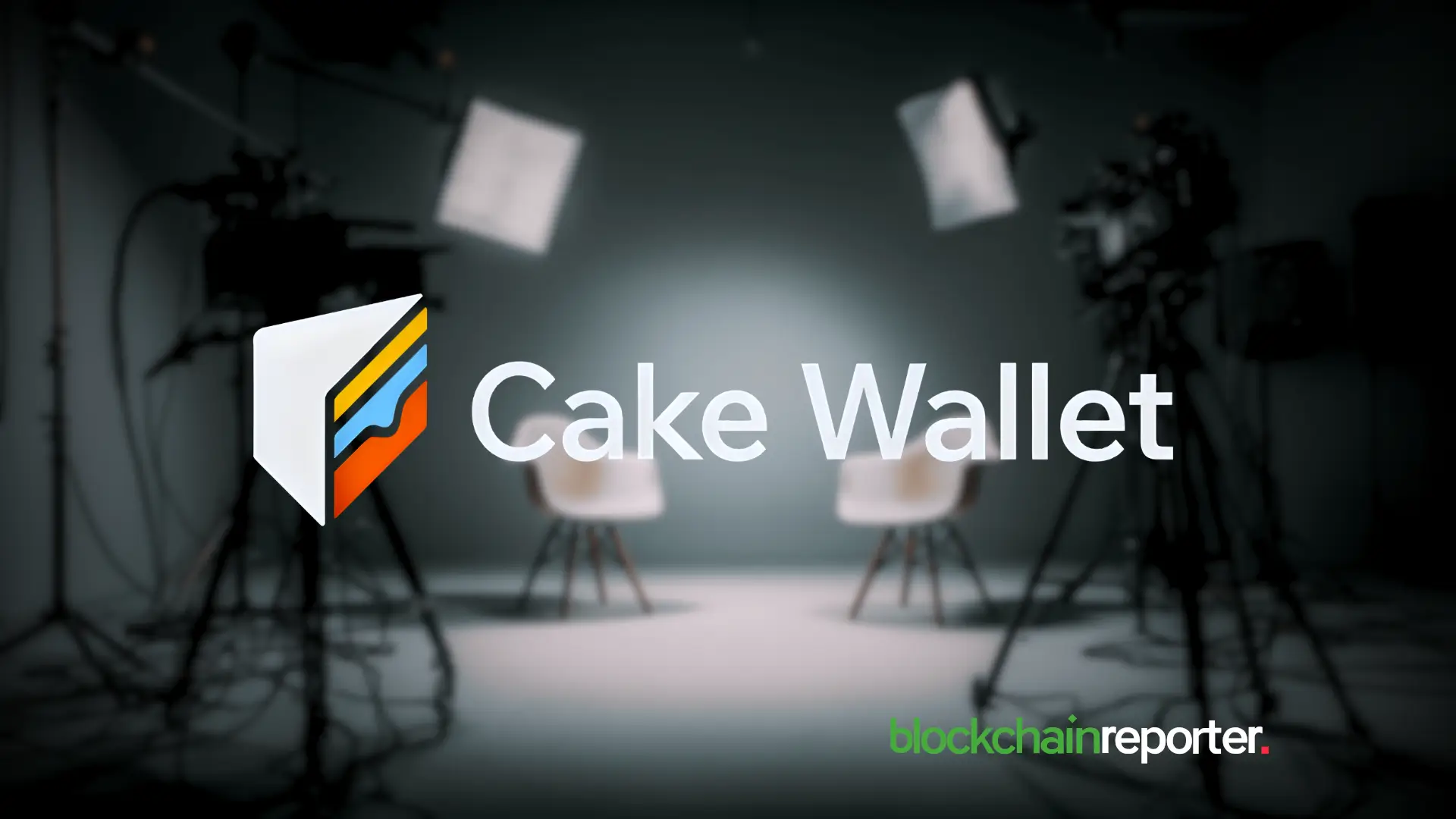Silent Payments, Custody and 401(k)s: In Conversation with Cake Wallet CEO Vikrant Sharma

Q1. How do you see President Trump’s executive order and the Department of Labor review changing the long-term institutional picture for Bitcoin and crypto in the U.S.?
“Trump’s order and the DOL review put Bitcoin right in the middle of the retirement conversation. That kind of recognition encourages institutions to take it more seriously. In the long run, I believe it will give them the confidence to start allocating.”
Q2. With roughly $8.7T in 401(k) assets, many argue retirement allocations would be a structural source of demand. Do you agree with Bitwise CIO Matt Hougan’s characterization of retirement flows as “slow, steady, consistent” demand? Why or why not?
“I agree with Matt. Retirement flows are slow and steady. But that’s the point. They tend to be less driven by short-term sentiment and can build over decades into a more durable foundation of demand.”
Q3. If retirement plans begin offering crypto, which parts of the market (spot BTC, ETH, Bitcoin ETFs, custody services) do you expect to benefit first, and why?
“Spot Bitcoin and ETFs are likely to see the first wave of demand since they’re the simplest fit for retirement plans. Custody will follow right behind since institutions need secure options before they can scale allocations.”
Q4. Institutional inflows are hitting record highs and Bitcoin ETFs are drawing billions. What positive effects do you expect from that institutionalization, and what new systemic risks does it create?
“The positives are deeper liquidity and mainstream legitimacy. The risk is concentration. If too much money flows through just a handful of issuers and custodians, Bitcoin’s ethos of decentralization gets undermined.”
Q5. Retirement money tends to prioritize capital preservation and compliance. What are the fiduciary and operational obstacles that plan sponsors should be most worried about if they add crypto exposure?
“Sponsors should focus less on Bitcoin’s price swings and more on operational risks. Custody, compliance, and liquidity during stress can be especially important considerations for fiduciaries”
Q6. You argue Silent Payments are essential to keep Bitcoin censorship-resistant. For readers who aren’t technical: what are Silent Payments and how do they differ from typical Bitcoin transactions?
“Silent Payments let you share one reusable address, but every payment lands more privately on-chain. It’s like giving someone your email once, while keeping each individual message private.”
Q7. Explain, concretely, how a world where Bitcoin is widely used for payroll, pensions, and retirement, but without privacy tools, would enable surveillance by employers, custodians, or governments.
“Without privacy tools, payroll and pensions risk becoming a public spreadsheet. Employers, custodians, and even governments could potentially track your entire financial history in real time”
Q8. Critics often equate privacy tools with enabling illicit activity. How do you respond to the claim that privacy tech like Silent Payments hinders compliance or AML efforts?
“Privacy does not mean lawlessness. We don’t ban envelopes because criminals use them. Silent Payments help protect ordinary users’ privacy, while still allowing compliance frameworks to function.”
Q9. What are the main tradeoffs when designing Silent Payments (e.g., UX complexity, on-chain footprint, fees, compatibility with custodial infrastructure)?
“The tradeoff is extra complexity under the hood. Wallets have to do more work, but the UX shouldn’t suffer if wallets like ours absorb that complexity.”
Q10. How does Cake Wallet currently support privacy for Bitcoin users, and how do Silent Payments fit into your roadmap?
“Cake Wallet is already offering both Silent Payments and Payjoin v2 privacy protection. Building on our Silent Payments integration, Payjoin v2 allows users to collaborate with merchants and other users to create transactions that are virtually indistinguishable from regular Bitcoin payments, breaking common blockchain analysis techniques.”
Q11. If retirement plans or payroll systems want to send Bitcoin to employees or participants privately, how would Cake Wallet make that seamless for non-technical end users?
“From a user’s perspective, payroll with Silent Payments should feel no different than a normal transfer. You give one address; the wallet handles the privacy automatically in the background.”
Q12. Looking 3–5 years ahead, what do you want Cake Wallet to have accomplished in the context of mainstream retirement adoption and privacy protection?
“In 3-5 years, I want Cake Wallet to be the bridge between retirement adoption and privacy. If people can save in Bitcoin easily, we’ve done our job.”
محتوای پیشنهادی

Exclusive interview with Sherry, the founding engineer of Aptos: Meta Blockchain "OG"'s technical journey to build a "global trading engine"

Trump reimposes tariffs on Mexico and Canada, blames drug trafficking
